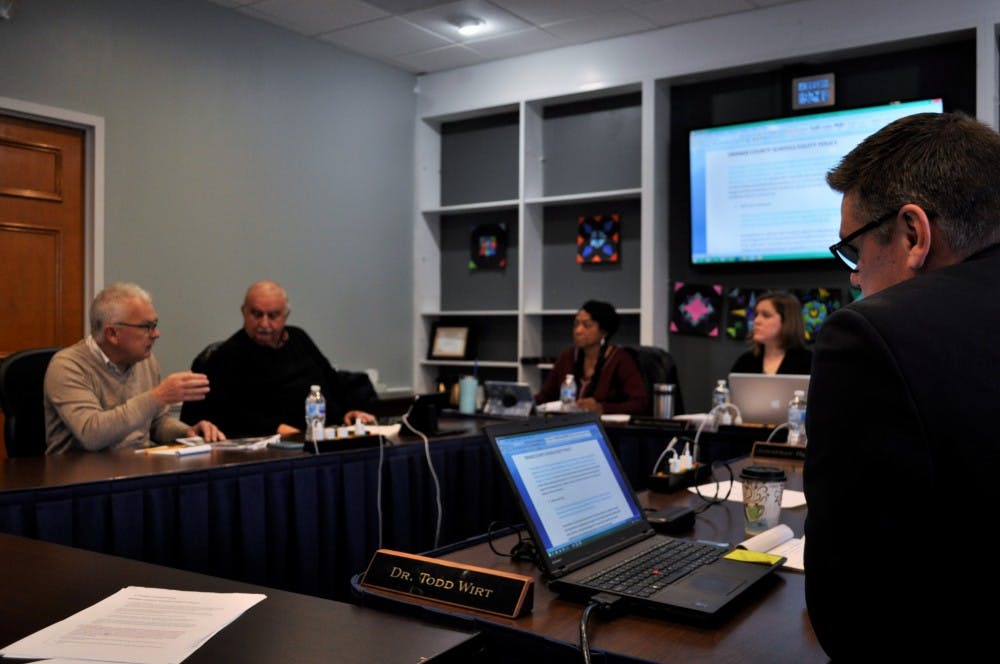“That’s not to say that Chapel Hill-Carrboro doesn’t have a long way to go to figure out why, even with a low number of suspensions, they are still giving so many of those suspensions disproportionally to Black students,” she said. “But you really have to look at all the data together to really get the full picture.”
The matter of racial inequity in school suspensions has been an especially pressing matter during the past two presidential administrations. In 2014, the Obama administration issued a letter of guidance instructing schools nationwide to seek alternatives to suspension, particularly aiming to reduce the disproportionate use of suspension for Black and Hispanic students.
The guidance had been credited with helping to lead to a national reduction in suspensions, including a 5.9 percent drop from the 2015-2016 school year to 2016-2017, according to Public Schools of North Carolina. However, U.S. Secretary of Education, Betsy DeVos, rescinded the Obama administration’s guidance in December 2018, aligning with some conservatives' perspective that this guidance represented government overreach and encouraged misbehavior to go unpunished.
In a Q&A on racial discrimination and school discipline released by the Office of Civil Rights in the Department of Education, the office stated that it was “not appropriate for OCR or a school to impose racial quotas or proportionality requirements for suspensions or other discipline sanctions as a remedy for discrimination.”
In light of these evolving positions, Charlos Banks, senior executive director of student services for CHCCS, said the focus of these conversations is too often about the punitive side.
“We see discipline as a priority, and we actually define it very clearly from two perspectives,” Banks said. “We feel that it’s a responsibility to have safe and orderly learning environments in our schools, but we also see discipline as an opportunity to teach and develop socially and morally responsible behavior in our students.”
Both CHCCS and OCS have begun to incorporate “restorative justice” practices into their disciplinary systems and are altering their codes of conduct accordingly. Restorative justice is seen as an alternative and progressive disciplinary method which gives students the opportunity to resolve conflicts by communicating with administrators and their peers to discuss issues, ask questions and work toward a common solution.
Banks said the restorative justice practices at CHCCS have been helping staff and students build relationships that promote social inclusivity, while also giving students a platform to resolve their conflicts peacefully.
Sherita Cobb, director of student support services for OCS, explained that the county school district has also worked to institute these practices.
“We are also revising our Code of Conduct so that it is more restorative,” Cobb said. “Our goal is to have a draft for Board of Education review by late March, early April.”
Restorative practices are one solution, but Nicholson maintains that the racial inequity within North Carolina’s school districts is more complicated. She said the responsibility to fix the issue does not fall on one person and changes need to take place at all levels.
“Even down to the classroom level, teachers have implicit biases that affect their decision making without them even knowing it. We all do,” she said. “Every single person in the community has to figure out what they can do to help change this.”
To get the day's news and headlines in your inbox each morning, sign up for our email newsletters.
@jonnycook15
city@dailytarheel.com




